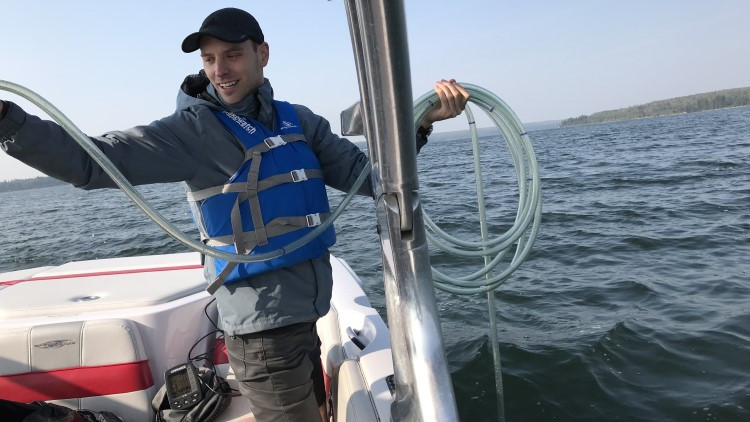From reporting grizzly bear sightings to listening to amphibian calls and assessing water quality, many Albertans are engaged in scientific research and monitoring across the province. Through citizen science, Albertans have the opportunity to help answer questions on Alberta’s environment, contribute to data and information gaps, and inform decision-making.
Citizen science offers an approach that can enhance the way scientific data and information are collected and shared, improving accessibility, transparency and credibility in monitoring and science. As participatory science continues to grow, it is important to consider how Albertans can support it and make it more effective in the long run.

Alberta’s growing network of citizen science programs
Contributing to scientific research is only one benefit of citizen science – other benefits include learning about the scientific method and process, collaborating with volunteers and scientists, and building a better understanding about Alberta’s environment. With these common elements in mind, Alberta-based organizations have developed citizen science programs such as the Alberta Volunteer Amphibian Monitoring Program (AVAMP) and Wildlife Xing.
Alberta Environment and Parks (AEP) is part of this growing citizen science network, recognizing the role of citizen science in addressing a growing challenge to meet environmental data and information needs. AEP supports or leads several citizen science programs in collaboration with organizations across the province covering diverse environmental topics from local to provincial scales.
LakeWatch is one example that enlists citizen scientists across the province to provide data on lake water quality. Since 1996, the Alberta Lake Management Society in collaboration with AEP, has engaged Albertans interested in collecting information about their local lakes to help fill knowledge gaps in Alberta’s lake monitoring network.

Over the years, LakeWatch has created a network of engaged and informed volunteers who ask questions and learn about their local environment, often over multiple years. These citizens collect and summarize environmental data to assess long-term trends and improve the health of the environment, including development of water management plans (for example, the Pigeon Lake Watershed Management Plan 2018 and state of the aquatic ecosystem reports. Through this engagement, the LakeWatch program aims to ensure a sustainable future for healthy lakes and aquatic ecosystems.
“I encourage anyone to get involved! Citizen science can help expand your understanding, and open your eyes to the world around you,” says Bradley Peter, Executive Director at the Alberta Lake Management Society.
GrizzTracker is another example of a citizen science program that engages the public in reporting grizzly bear observations via a smartphone app, helping fill grizzly bear knowledge gaps and management needs while creating engagement and education opportunities for specific land users and the general public. To learn more about the app and the team behind it, read the GrizzTracker story on the AEP Blog.
Advancing citizen science in Alberta
To further understand the state of citizen science in Alberta and its potential in advancing environmental monitoring and science, AEP worked with the Miistakis Institute to identify and document the network of citizen science activities in Alberta, as well as challenges that must be overcome to further advance citizen science in the province.
Based on the findings of this work, the Citizen Science Principles of Good Practice were developed to provide clarity on how citizen science can provide credible data and information to Alberta’s environmental monitoring and science programs.
Learn more
Have questions or want to become involved in Alberta’s citizen science community?
- learn more in the Advancing Citizen Science in Alberta fact sheet
- email AEP's Office of the Chief Scientist at ocs@gov.ab.ca
For more information on AEP’s collaboration with the Miistakis Institute, you can read the report:
-

Dr. Jonathan Thompson
Dr. Jonathan Thompson was appointed as Environment and Protected Areas’ Chief Scientist on October 13, 2020.
